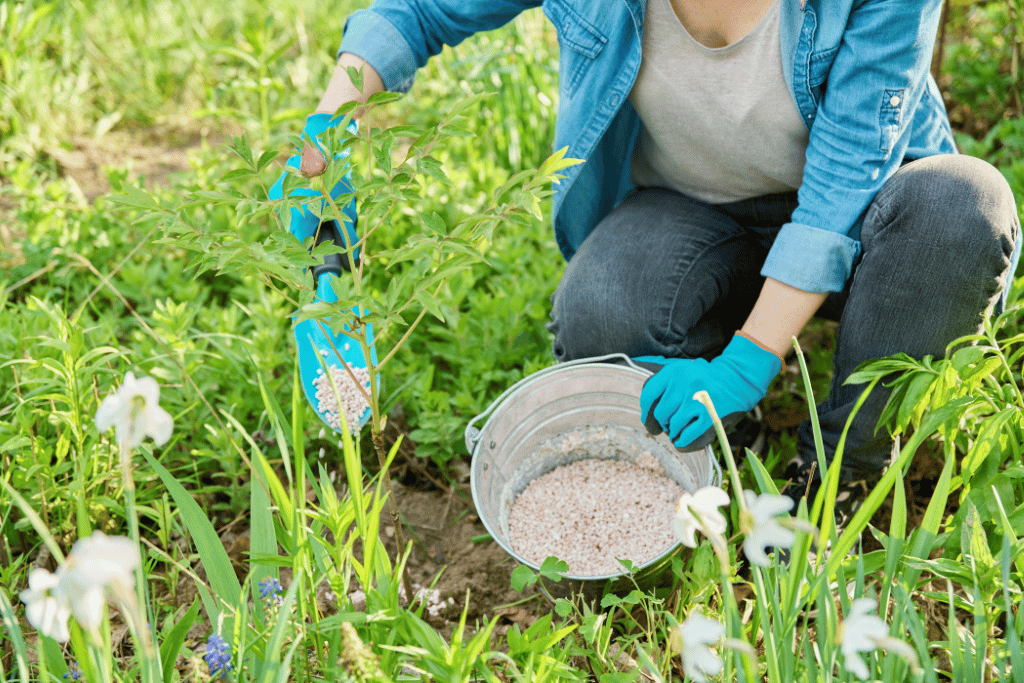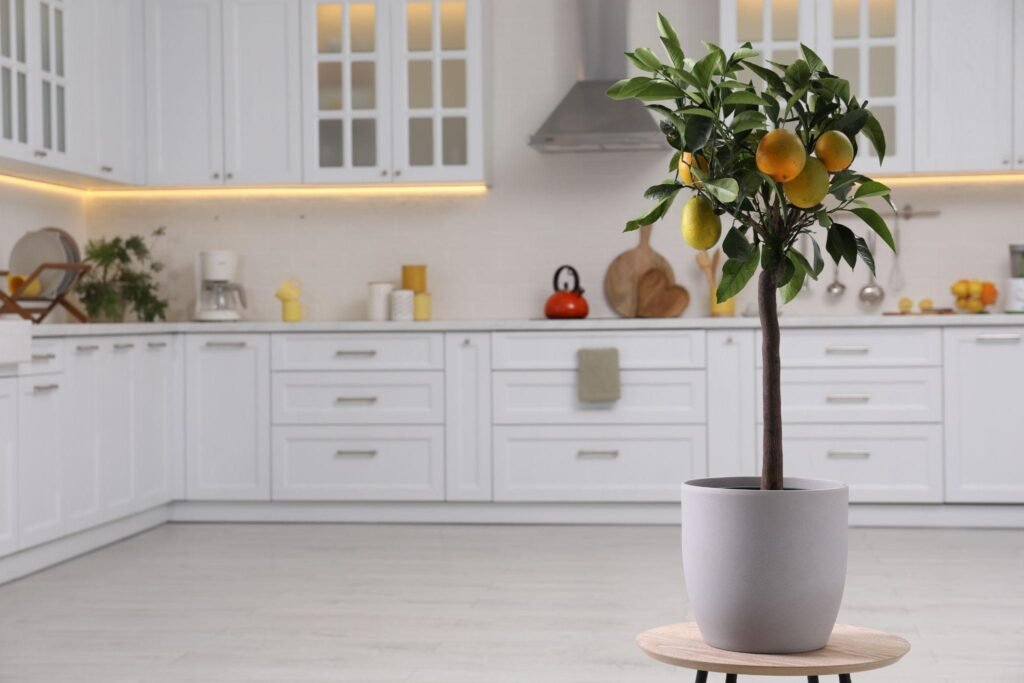
A potted lemon tree is a citrus tree planted in a pot or container and grown indoors. This type of citrus tree is ideal for those looking to have their own mini-orchard at home, as it requires very little maintenance and can thrive with minimal effort.
Potted lemon trees are generally quite small and hardy, making them ideal for container gardening. They require a warm and humid environment to survive and thrive, so you’ll need to ensure your potted lemon tree is placed in an area with plenty of indirect sunlight and good air circulation.
Potted Lemon Tree Growth Stages
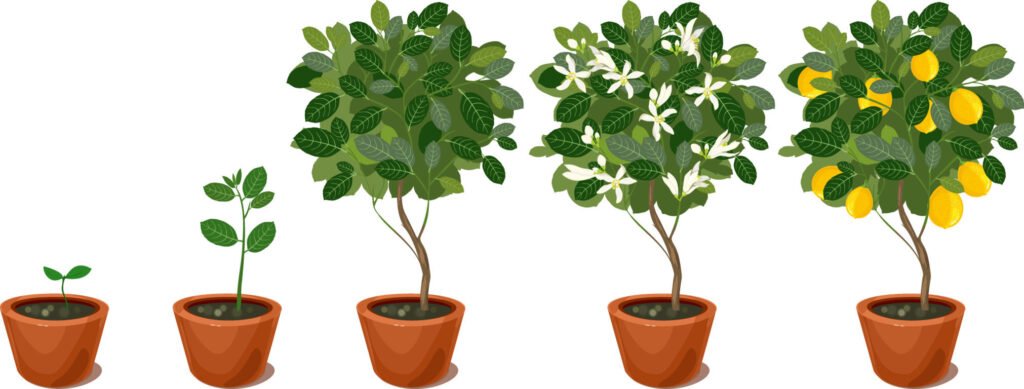
1. Seedling stage:
This is the early stage of a potted lemon tree’s growth, and it will typically last up to 6 months. During this period, you will see the leaves emerging from the soil and the stem growing upwards. The roots will also start developing at this stage.
2. Vegetative stage:
This is when potted lemon trees reach around 12 inches in height and start forming branches. This stage usually lasts for about 3 to 4 months, during which your tree will continue growing upwards and outwards.
3. Blooming stage:
After a potted lemon tree has reached 24 inches in height, it may start to bloom. During this time, the tree will produce flowers and begin forming fruits. This stage usually lasts for around 3 to 4 months.
4. Fruiting stage:
Potted lemon trees reach the fruiting stage when their fruit begins to appear and ripen. This is an important stage for potted lemon tree owners, as they need to nourish the tree with the right nutrients and watering schedule in order to ensure a good harvest. This stage typically lasts for around 3 months.
5. Maturity stage:
The potted lemon tree will reach maturity when it is able to produce fruit on its own without relying heavily on human intervention. At this stage, the tree will be able to bear fruit for several years.
These are the main stages of potted lemon tree growth and development. By understanding each stage, you can better care for your tree and ensure its healthy growth.
How to Care for a Potted Lemon Tree?
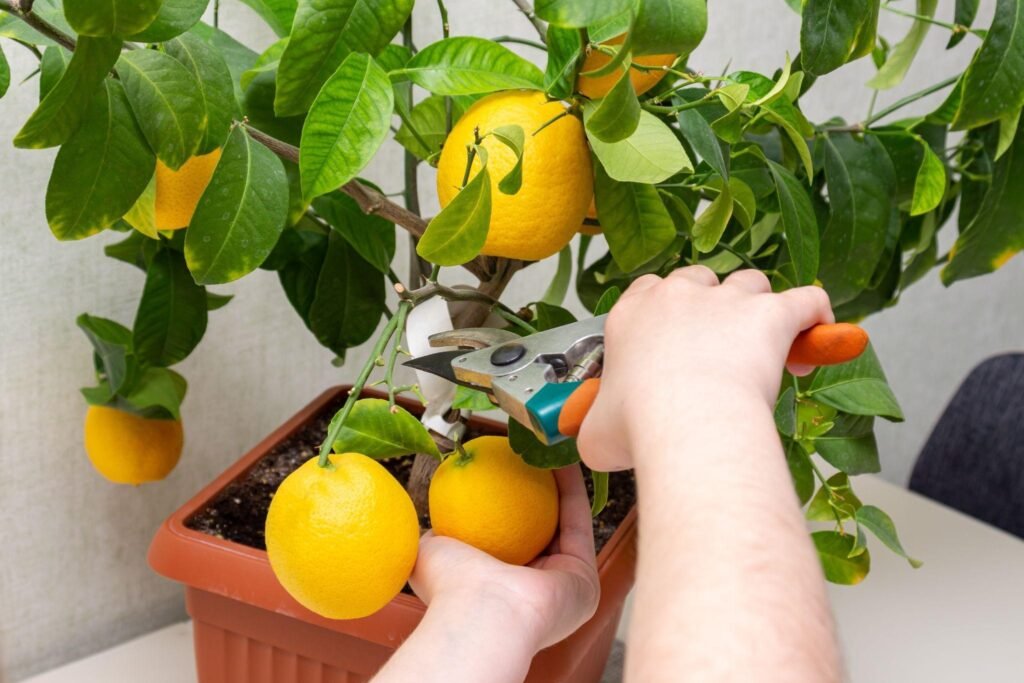
When it comes to caring for a potted lemon tree, the most crucial factor is watering. Lemon trees should be watered regularly, but not too heavily. The soil should be allowed to dry out in between waterings, and the soil kept moist, but not soggy. Fertilising your potted lemon tree every couple of months will help to keep it healthy and productive.
In terms of pruning, you can trim back branches to keep the size of the tree in check and maintain a neat shape. If you want to encourage your tree to grow larger, you can prune any flowers or developing fruits as soon as they appear. This will help redirect the energy from flower and fruit production into foliage growth. Later, your larger tree may then be able to produce a greater harvest.
Last but not least, pest control is also vital in caring for a potted lemon tree. Lemon trees can be especially prone to pests such as aphids, scale and mealybugs. Keeping an eye out for any signs of an infestation is vital, and if you spot any pests, it’s essential to take steps to get rid of them immediately. Keeping your lemon tree healthy with regular fertilising and watering will help to keep pests away.
Are potted lemon trees similar to those grown in the ground?
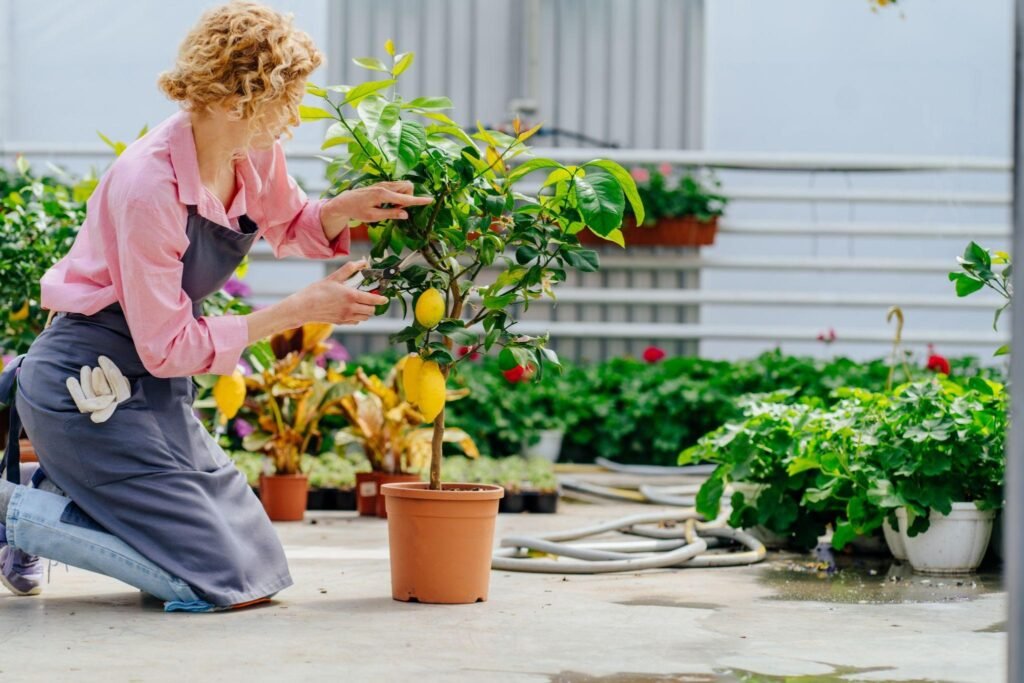
Potted lemon trees are different from those planted directly into the soil. The most noticeable difference is that potted lemon trees require more frequent watering and fertilisation due to their limited root space. In contrast, if a lemon tree is planted directly in the ground, its roots can grow deeper and explore for more water.
It is also important to note that potted trees are more prone to pests, like mites and aphids. In addition, indoor lemon trees require special care when it comes to providing light. Exposure to direct sunlight for too long can burn the leaves and damage the tree.
Upon witnessing all the potted lemon tree growth stages for yourself, you’ll be rewarded with a fully-grown lemon tree that can produce an abundant crop of juicy and delicious fruits. The care required for a potted lemon tree at each stage is minimal, but still important to ensure your tree grows healthy and strong.


